Policy Key Points
Bloodborne pathogens (BPP) are disease causing microorganisms found in human blood, and human blood components and products.

This plan applies to the prevention of accidental exposure to blood or other potentially infectious human bodily fluids that can cause diseases in humans.
The purpose of this policy is to inform all potentially affected associates of the hazards concerning contact with blood or other body fluids.
Standard Precautions is an approach to infection control to treat all human blood and body fluids as if they were known to be infected with HIV, HBV, and other bloodborne pathogens.
Body fluids that are presumed to be infectious are:
Treat all blood and OPIM like it's infected

The PPE items shown are found in the typical first aid kits within all Yaskawa Locations.
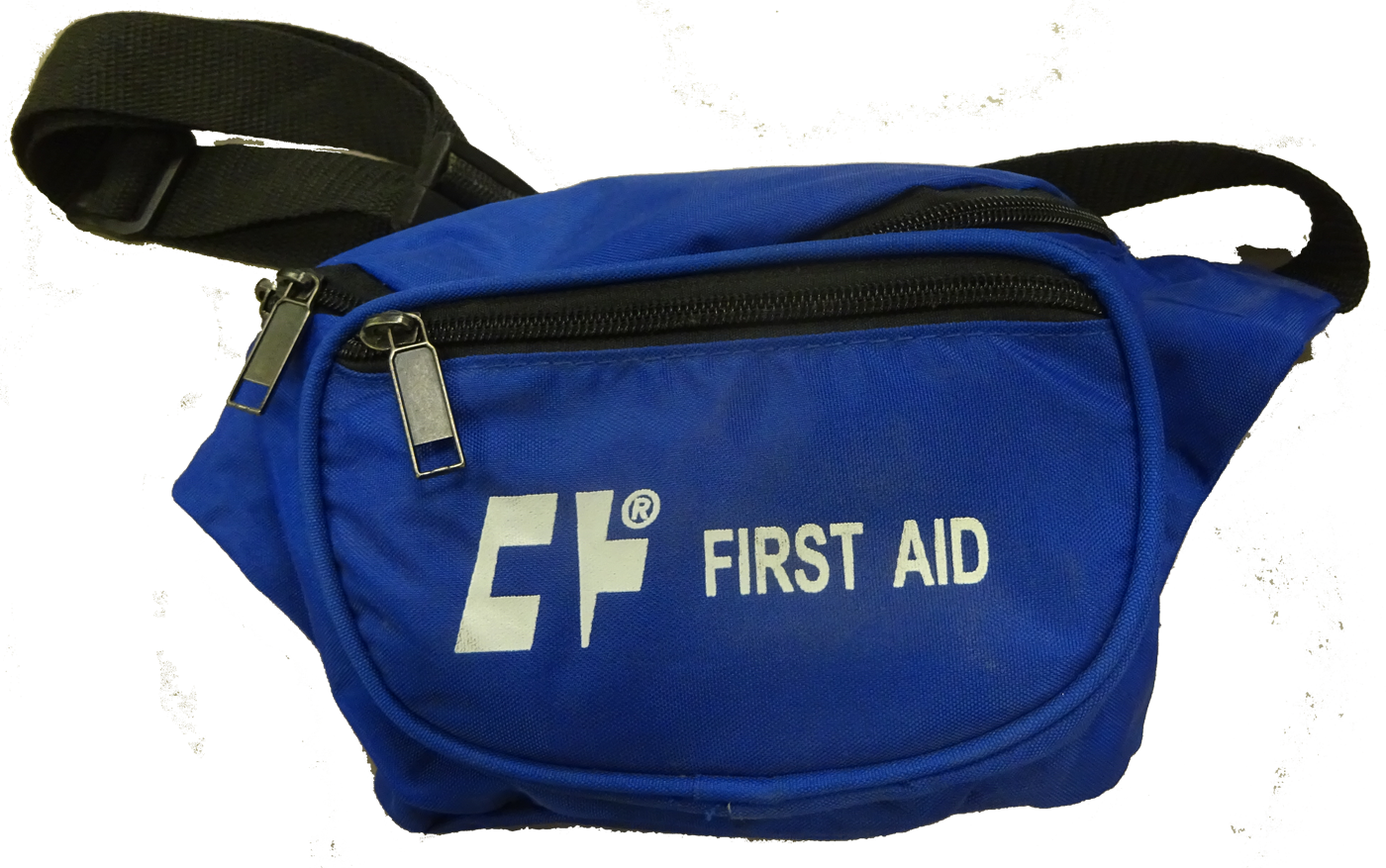 CExample of First Aid Kit that includes PPE for Standard Precautions
CExample of First Aid Kit that includes PPE for Standard Precautions
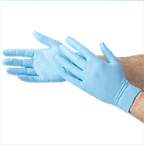
Nitrile one-time use gloves. These should be worn in any situation where contact with blood or other potentially infectious body fluids are present
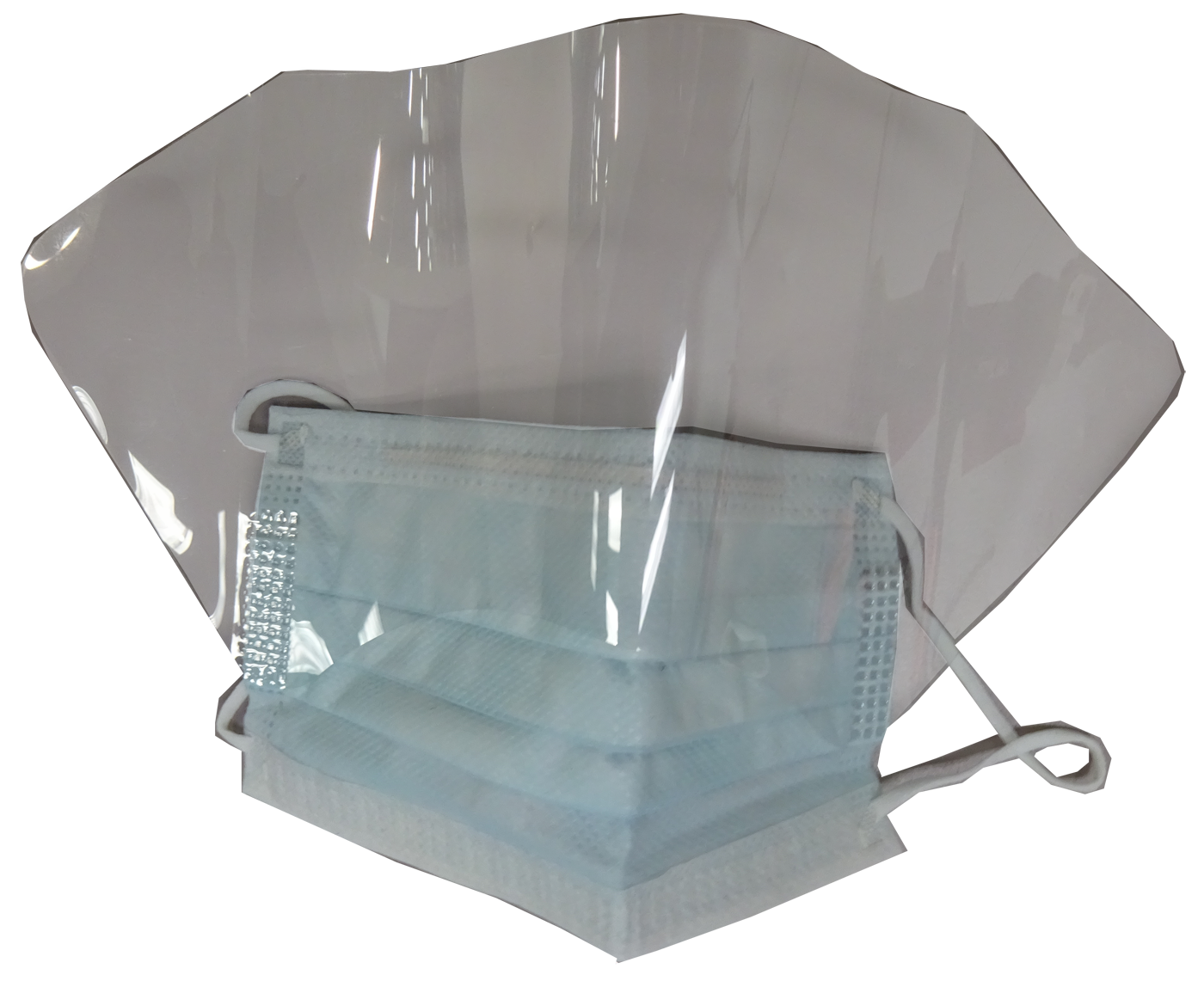
Mask with face shield should be worn when providing first aid where splashes, such as arterial bleeding or projectile vomiting, are experienced.
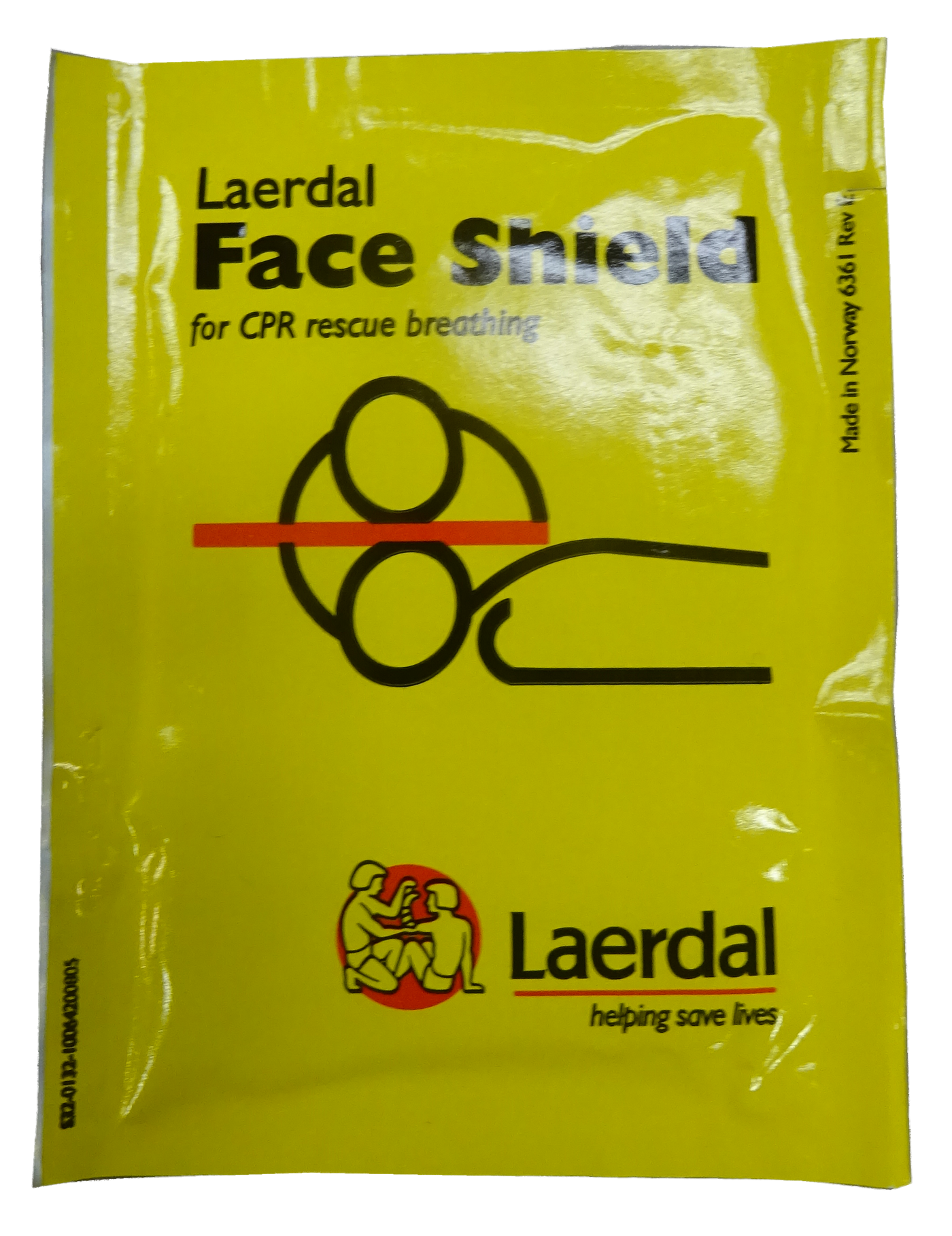
Mouth-to-Mouth face shield should be used when performing CPR with breaths or Mouth-to-Mouth resuscitation.
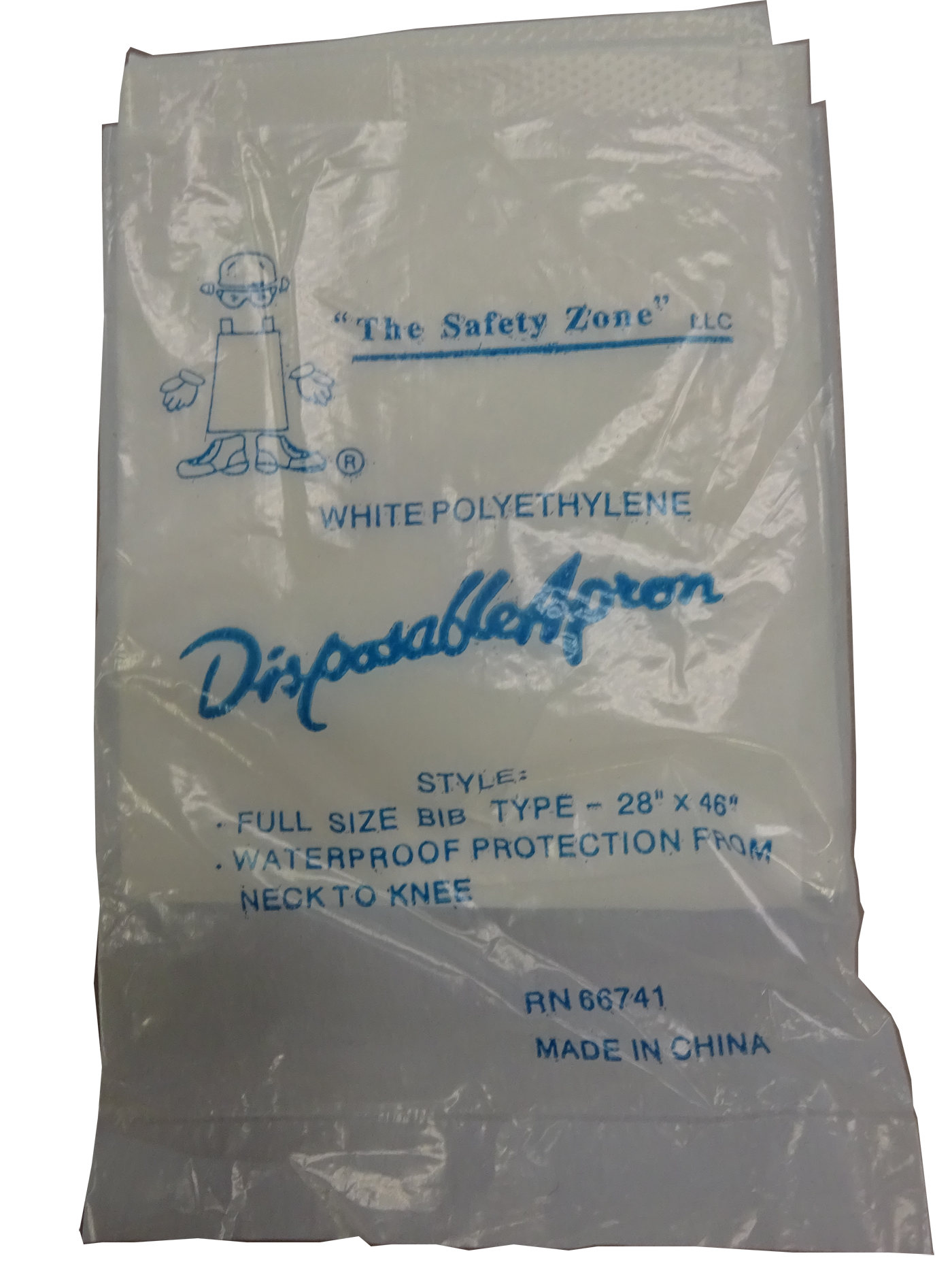
Apron should be worn when providing first aid where splashes, such as arterial bleeding or projectile vomiting, are reasonably expected.
Disposal of Wastes
The following items can be discarded in the trash and do not have to be discarded in the red biohazard bag:
Sharps
Pins, needles, scapels, etc. must be treated as biohazardous waste and shall be disposed of in a "sharps" container designed for such disposal.
Sharps containers must never be opened, nor their contents dumped.
Sharps containers are located in Yaskawa bathrooms.
Articles
Articles such as clothing, shoes, and towels can be disinfected by soaking them overnight in a solution of one part chlorine bleach to 10 parts water.
Untreated contaminated clothing, shoes, towels, gauze used for first aid, etc. must be disposed of in double-thick red biohazard disposal bags.
Labels
.
Exposure Records
All records for unprotected post-exposure incidents are kept in the individual's medical records file, which will contain the following in accordance with the OSHA standard:
Name of associate and the associate's social security number
Copy of the associate's HBV records or the associate's signed statement if the HBV vaccination has been declined
Copy of related medical findings
Copy of physician's written medical opinion
These records shall remain confidential and retained for the duration of the affected associate's employment plus 30-years
Bloodborne Disease Training Records
Name(s) of person(s) attending the training
Date(s) of training
Content summary of the training
Names and titles of person(s) conducting the training
These records for training and attendance shall be retained for a minimum of five years
Records Availability
All bloodborne disease and training records shall be made available to an OSHA upon request
Training records for training and attendance may be examined by any associate upon request in accordance with 29 CFR 1910.20
An associate's own medical and training records may be examined by the associate or his/her designated representative with written consent of the associate.
Transfer of Records
In accordance with OSHA standards, if Yaskawa America, Inc. closes and there is no successor employer to receive and retain the records for the prescribed period, the Director of the National Institute for Occupational Safety and Health (NIOSH) shall be contacted for final disposition
Exposure Plan Review
The EHS Risk Mitigation Manager is responsible for reviewing this program annually for its effectiveness and for updating this program as new information and/or changes in the standard become available
| Rev # | Description | Release Date | Approved by |
|---|---|---|---|
| 0 | Conversion of old safety documents, rewrite, and issue | 4/11/2016 | Thurwanger |
| 1 | Added images | 8/12/2016 | Thurwanger |
| 2 | Changed "Universal Precautions" to "Standard Precautions" | 5/22/2017 | Thurwanger |
| Review Date | Reviewed by | Changes Required (Yes/No) | Revision # if updated |
|---|---|---|---|
| 2/15/2017 | Thurwanger | Yes | 2 |
| 1/10/2018 | Thurwanger | No | |
| 1/17/2019 | Thurwanger | No | |
| 1/9/2020 | Thurwanger | No | |
| 1/19/2021 | Thurwanger | No | |
| 1/13/2022 | Thurwanger | No | |
| 1/26/2023 | Thurwanger | No | |
| 1/11/2024 | Thurwanger | No | |
| 1/16/2025 | Thurwanger | No | |
Policy Video

Potential Exposures within Yaskawa
Within Yaskawa America, Inc., there are zero job descriptions in which exposure to blood or other potentially infectious bodily fluids is reasonably anticipated.
There are some circumstances, however, that may expose associates to blood or other human bodily fluids.
.
Standard Precautions shall be followed when cleaning areas of potential contamination.
If there are no volunteers to decontaminate the potentially infected area, Facilities shall be contacted.
If there are no volunteers within the Facilities department, Facilities will hire an approved outside contractor to perform the clean-up.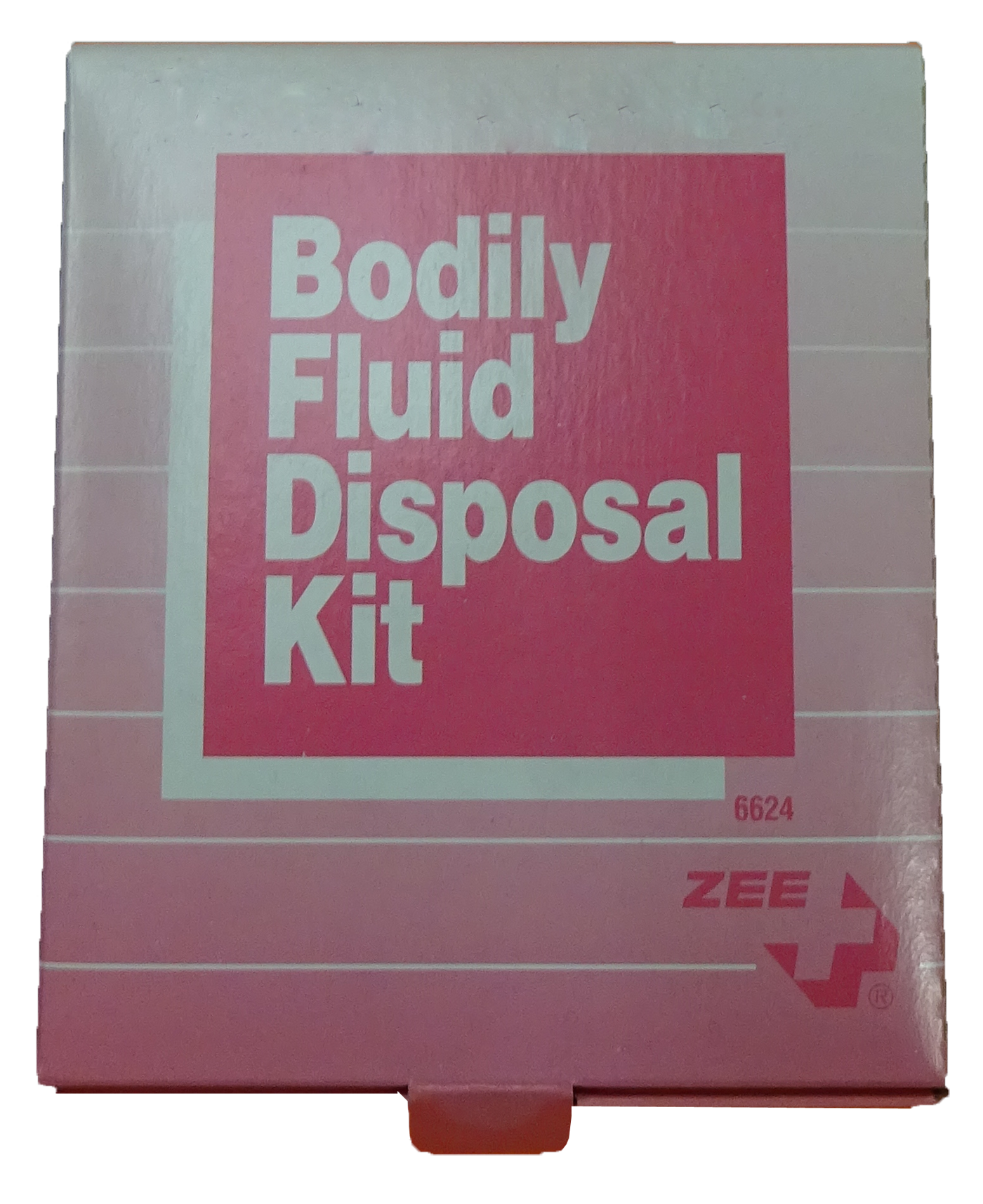 Decontamination kit
Decontamination kit
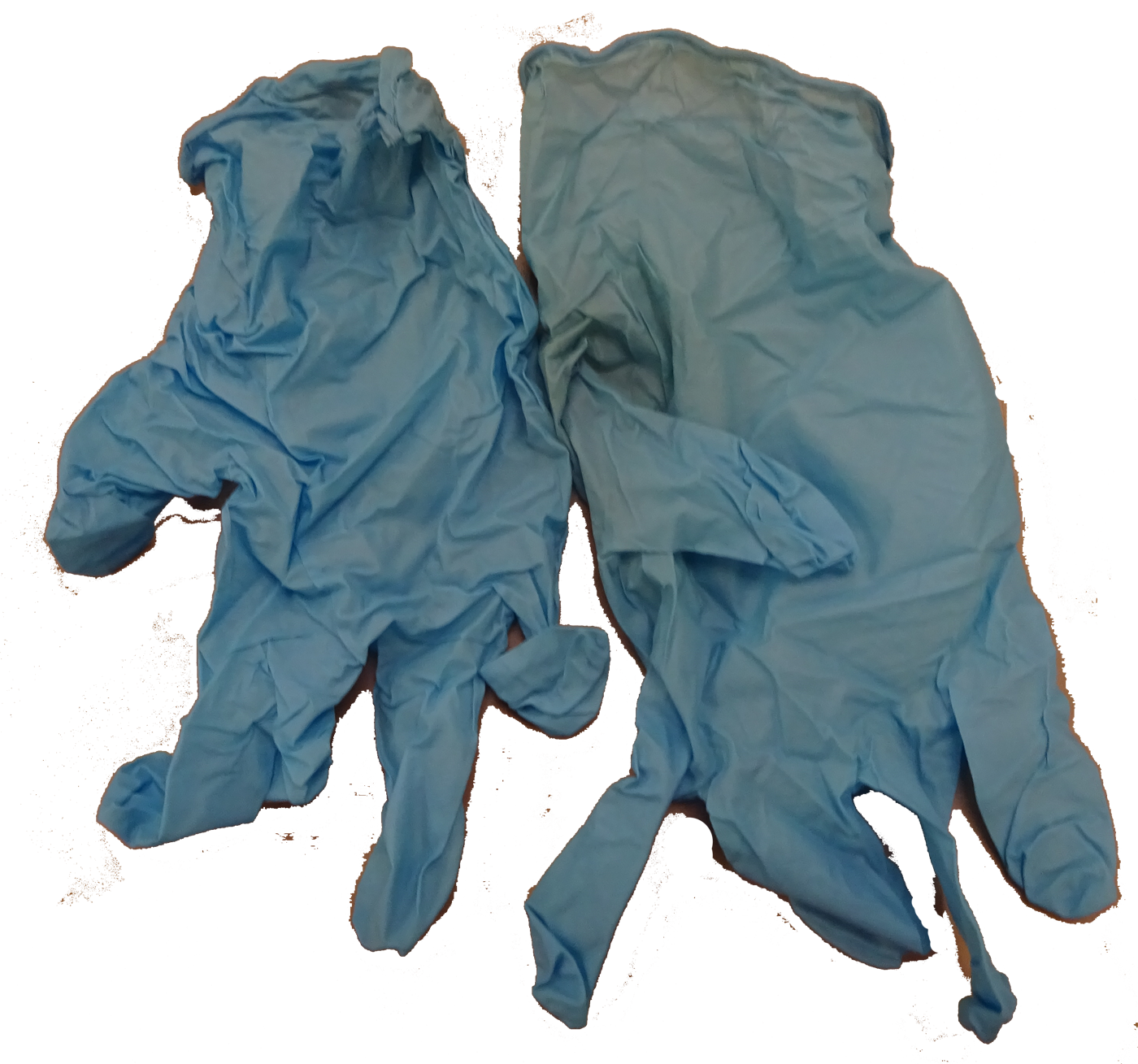
Nitrile, one-time use,gloves are included in the decontamination kits. These must be worn whenever assocaites clean areas that are potentially contaminated with blood or OPIM
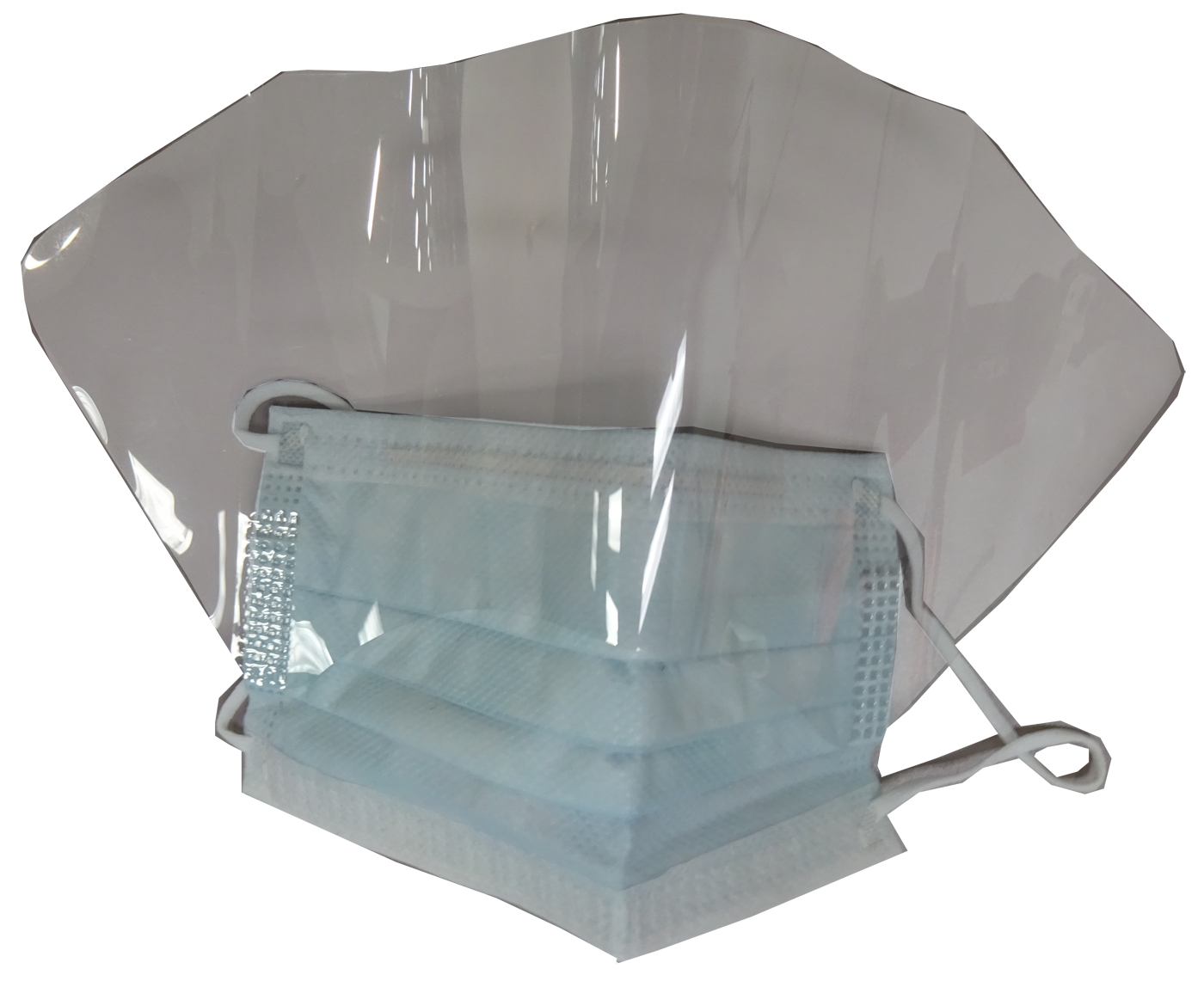
The face shield with mask shall be used whenever there is a risk of splashing while cleaning an incident with potential of blood or OPIM.
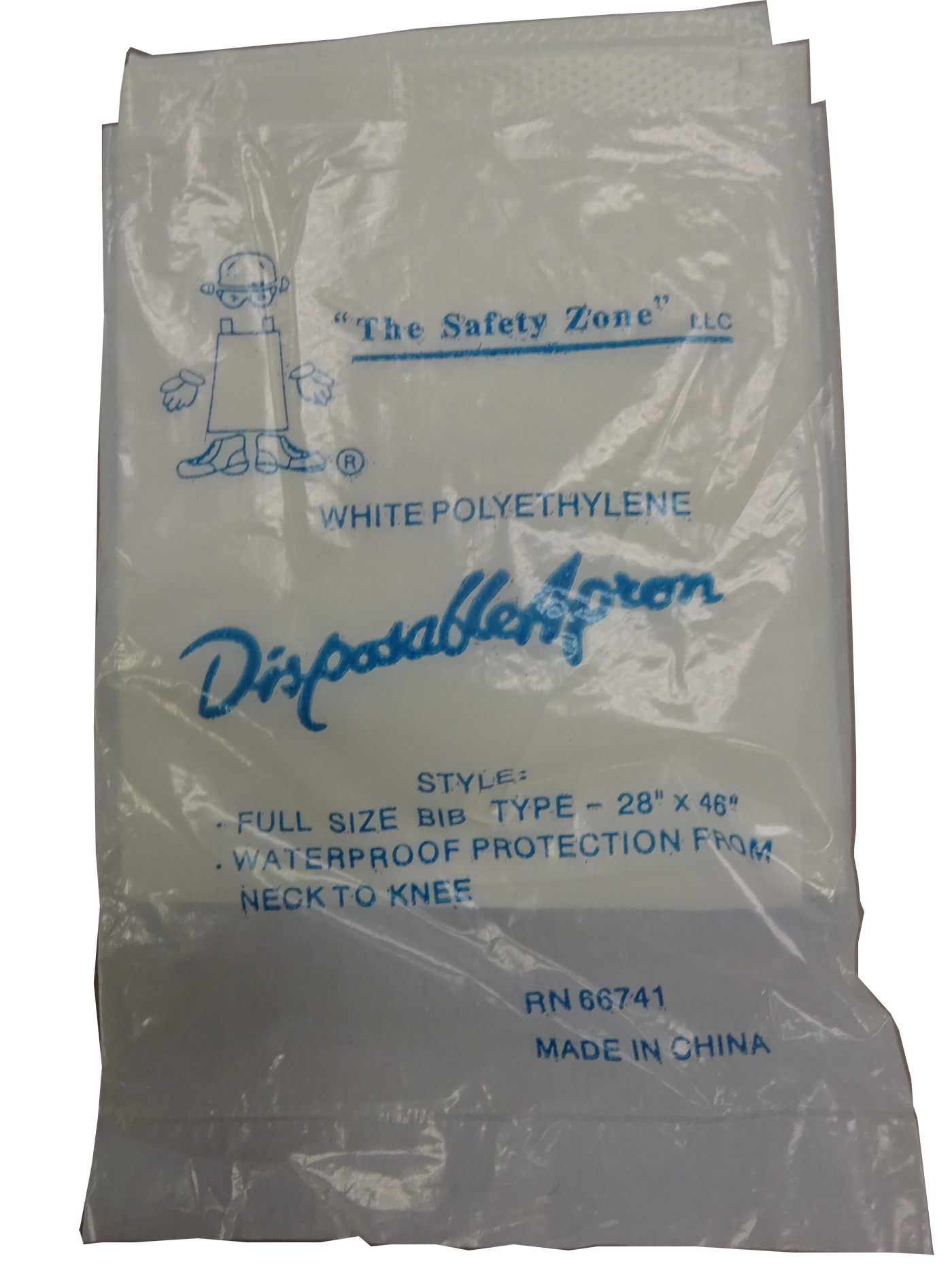
The apron must be worn whenever there is a risk of splashing while cleaning an incident with potential blood or OPIM.
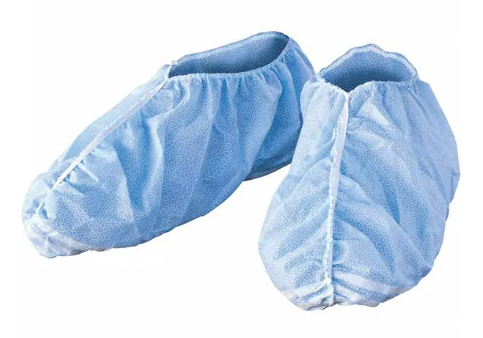
Shoe covers shall be worn when blood or OPIM is on the walking surface to prevent contaminating other areas
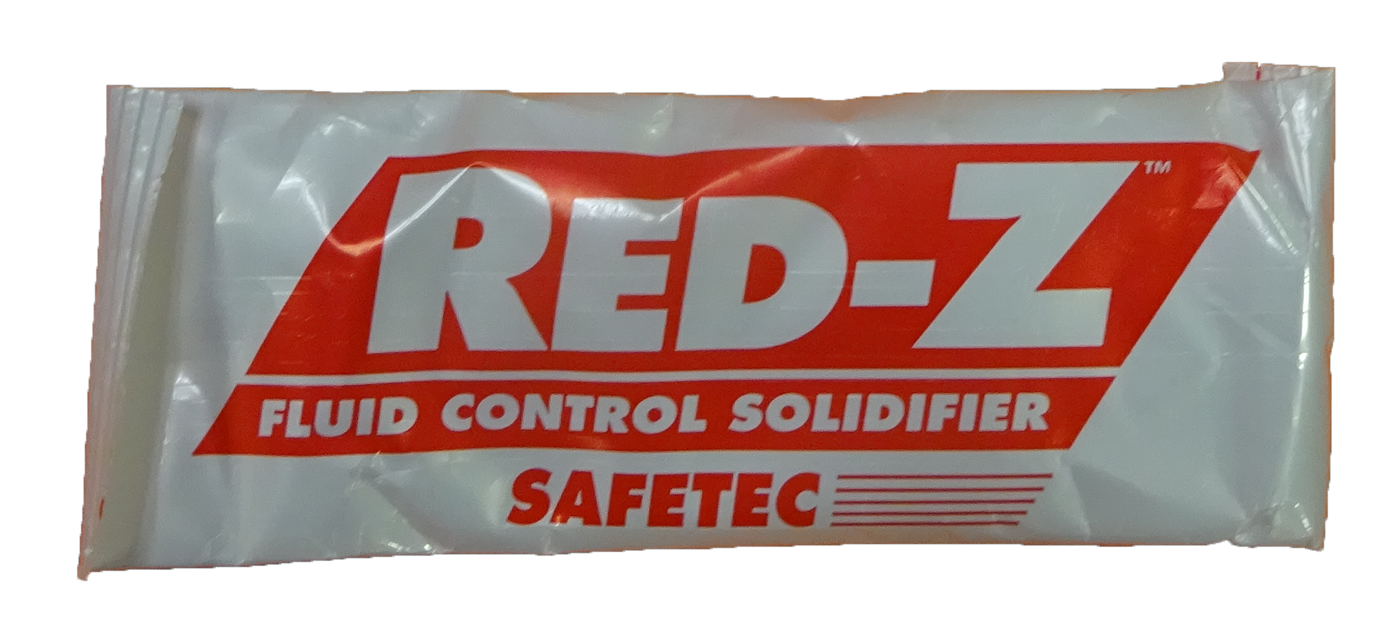
The solidifier is used to absorb blood or OPIM. After the materials are absorbed, the residue can be collected and discarded in the red biohazard bag
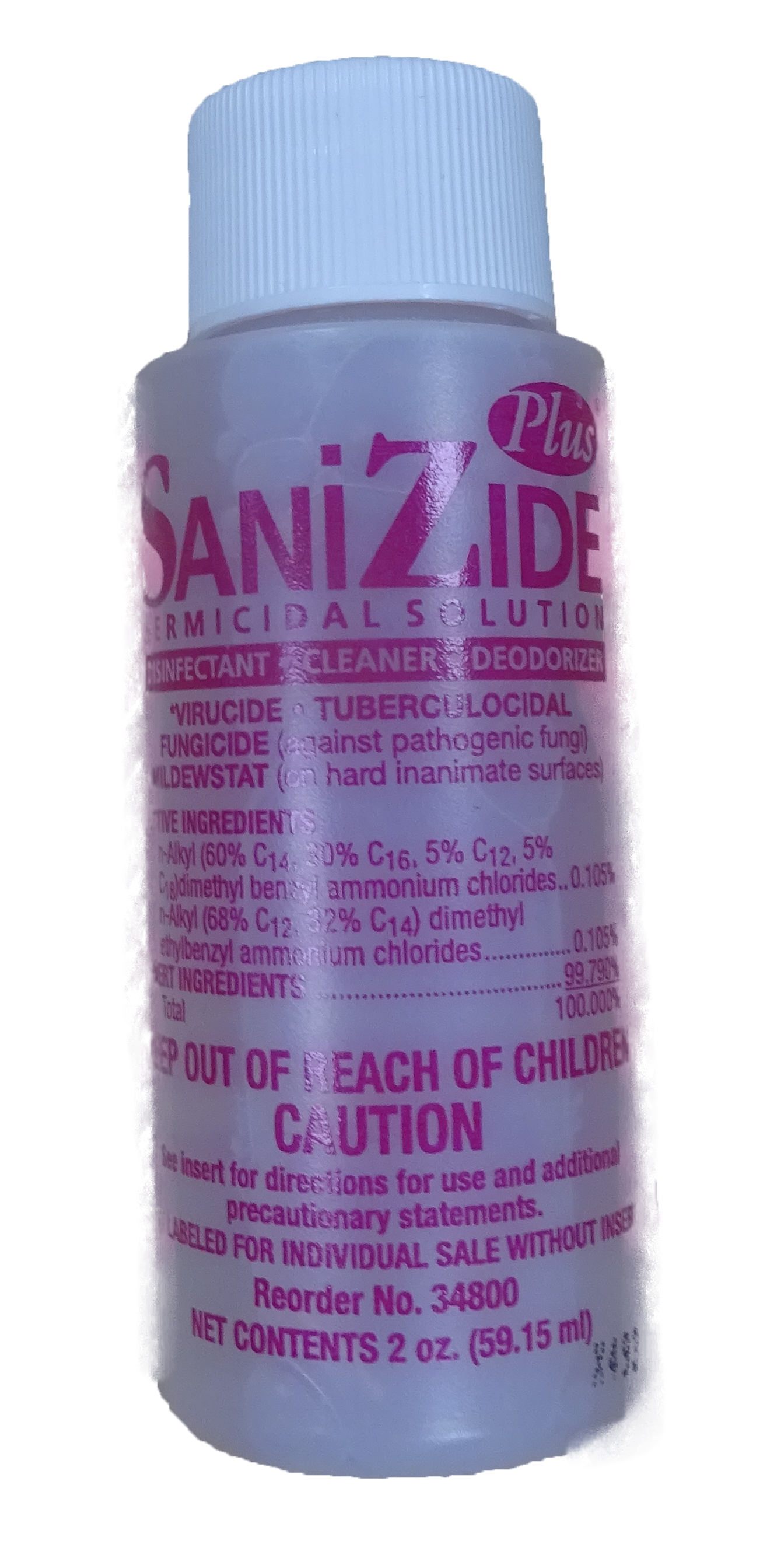
An antiseptic solution is used to wipe down surfaced contaminated with blood or OPIM. A 10% concentration of bleach can also be used to disinfect the surface areas
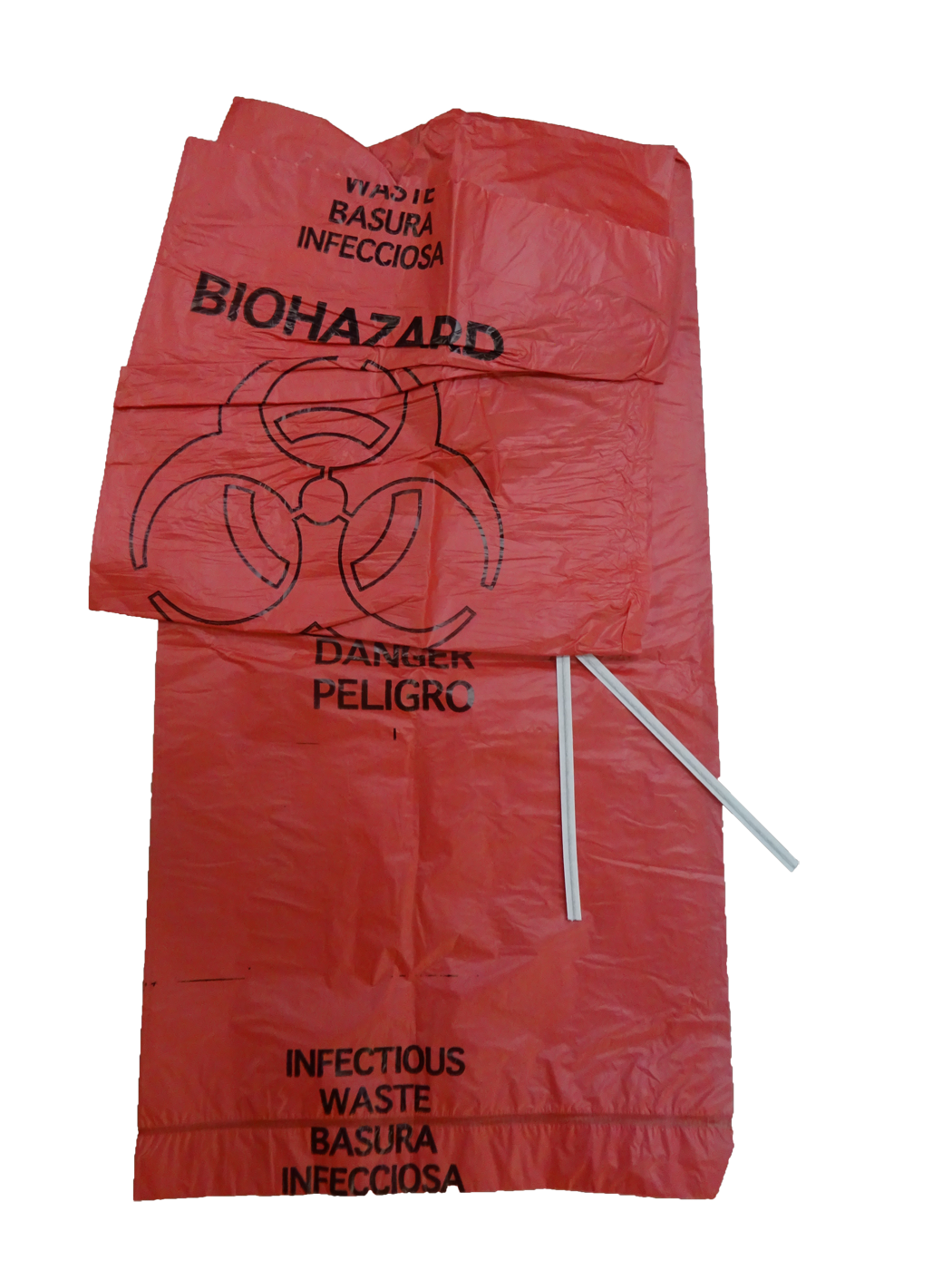
After cleaning the ara, all waste and PPE shall be placed into a red biohazard bag. This is placed into the biohazard container. DO NOT through the bag into the trash. Contact EHS at EHS@Yaskawa.com or Facilities at Facilities@Yaskawa.com for instructions.